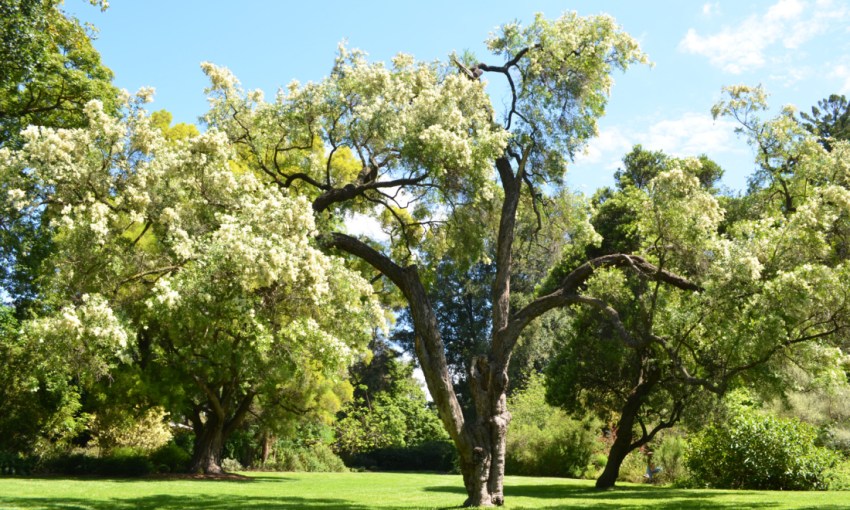South Australian Greens politician Mark Parnell has called on the State Government to prioritise trees over concrete as “the city is getting hotter and climate change is making things worse”.
We need more trees to keep SA cool
Last November, Greens politician Mark Parnell introduced a motion to State Parliament asking for his colleagues to “prioritise” the protection of existing urban trees and green open spaces.
Mark’s motion would see a state-first urban forest plan, stipulating that South Australian council areas must grow its canopy coverage to 30 per cent by 2045.
“If a council has its own strategy for increasing canopy cover, then that is a good thing,” Mark says.
“And although some councils are better than others, it’s not necessarily a matter of will; it’s also a matter of resources.
“If I got the developers and the conservation groups and the local government… to agree that yes, we do need a city-wide strategy, like they have in Sydney and Melbourne, then it does have a chance of the government doing something.”
The target of 30 per cent canopy coverage by 2045 is based off a 2017 report, commissioned by the Weatherill government, which argues adequate urban tree cover in council areas – meaning trees and shrubs in street verges, parks and backyards – offers numerous “economic, biophysical and social benefits”, including the reduction of heat, improving air quality, maintaining habitats for native fauna and more.
The report suggested any council with less than 30 per cent canopy coverage should increase its coverage by 20 per cent, and any council area that already has 30 per cent coverage should maintain it.
Although 2020 data reveals tree and shrub coverage across over half of the country’s councils are mostly rising (63 per cent), almost three quarters (73 per cent) of all national council areas have increased “grey cover” due urban development. This is particularly bad where the expansion of concrete outpaces green growth.
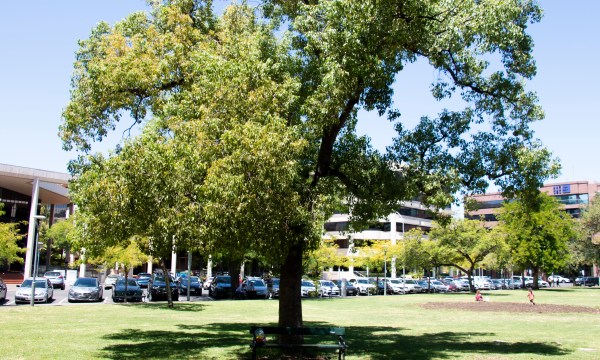
For example, the City of Burnside clocks in the nation’s second-highest level of grey-cover growth, with a 5.2 per cent increase from 2016-2020. It only recorded 4.7 per cent urban forest growth over the same period.
Data also show in the period from 2013-2020 the City of Playford lost 5.7 per cent of green cover, and the City of Onkaparinga lost 2.9 per cent.
CityMag originally reported the City of Adelaide recorded a loss of 28.1 per cent of urban cover during that period, however we were informed the published data in this report was incorrect. The City of Adelaide actually reported a 5.7 per cent rise in green cover (trees and shrubs) – the best in all categories.
But a study from University of Technology Sydney found Adelaide is one of the country’s two most-vulnerable cities in terms of suffering from killer heatwaves. This means we’re exposed to above-average temperatures which extend beyond a safe timeframe.
Mark knows urban development is necessary for the progress of any state or capital city, but he’s also aware a build-up in bitumen can impact the health of the landscape and those living on it.
– Mark Parnell
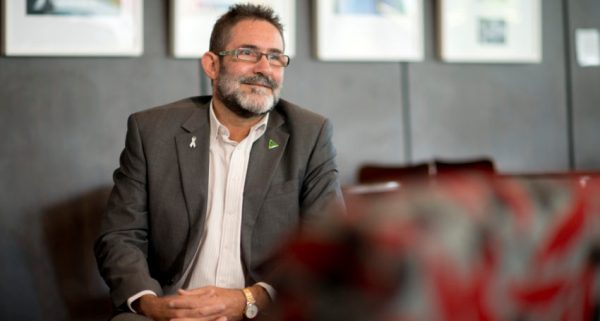
Greens leader Mark Parnell. Photo: Nat Rogers/InDaily
“A big part of the urban planning debate has been this idea of infill, and in a nutshell what people rail against is – and we see it in every suburb – is the big old house on the large block that gets knocked down and three blocks are carved out where one block used to be, and they put big houses on each of those three blocks, so that there’s no garden,” he says.
“The Planning Commission, and what everyone connected with planning has been racking their minds to try and work out, is how do we ensure that there will be sufficient vegetation to, for example, counter the heat island effect and the fact that cities are full of hard paved surfaces that attract the heat and are much hotter in a city environment than in a leafy green environment.”
Heat islands are urbanised areas that have higher temperatures due to human activity. This includes structures such as buildings and roads, which absorb and project the heat rather than natural landscapes, such as trees or lakes, that cool it.
This means the oppressive feeling you get walking into the CBD during summer isn’t in your head.
An interactive heat map designed by the State Government, in partnership with local governments through the Regional Climate Partnership, shows postcode 5000 is warmer than the more leafy eastern suburbs. It gets worse when you head west into a more industrial region of Adelaide.
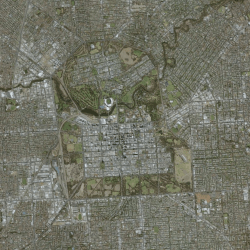
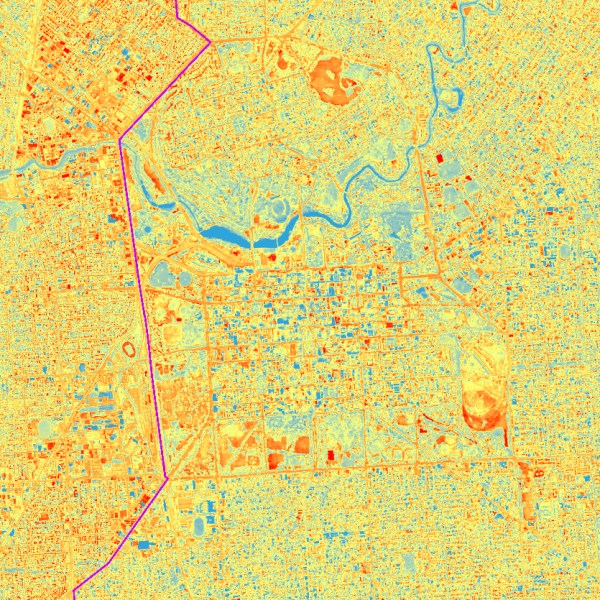
A snapshot of the city via the Urban Heat and Tree Mapping of Adelaide (2018). The red areas are of higher temperatures.
A South Australian initiative called Resilient East, which was founded in partnership with a number of councils and the SA Government, says although their data shows 23 per cent of Metropolitan Adelaide is represented by tree canopy, the “greatest opportunity” to increase coverage is more trees planted on private land.
The timing of Mark’s motion is important. The independent State Planning Commission will hand down the final stage of SA’s new Planning and Design Code in March, which is being touted as the “biggest reform of planning in 25 years”.
Mark wants to kickstart a debate in Parliament to ensure trees and canopy growth are on the agenda.
“We’ve got a problem – the city is getting hotter and climate change is making things worse,” he says.
“Once people have realised there’s a problem, then you might get some political will to put in place a solution. It’s a motion rather than a bill, because a motion is a way to kick the conversation off.”
Mark’s motion will be debated and voted in the Lower House in mid-February.



